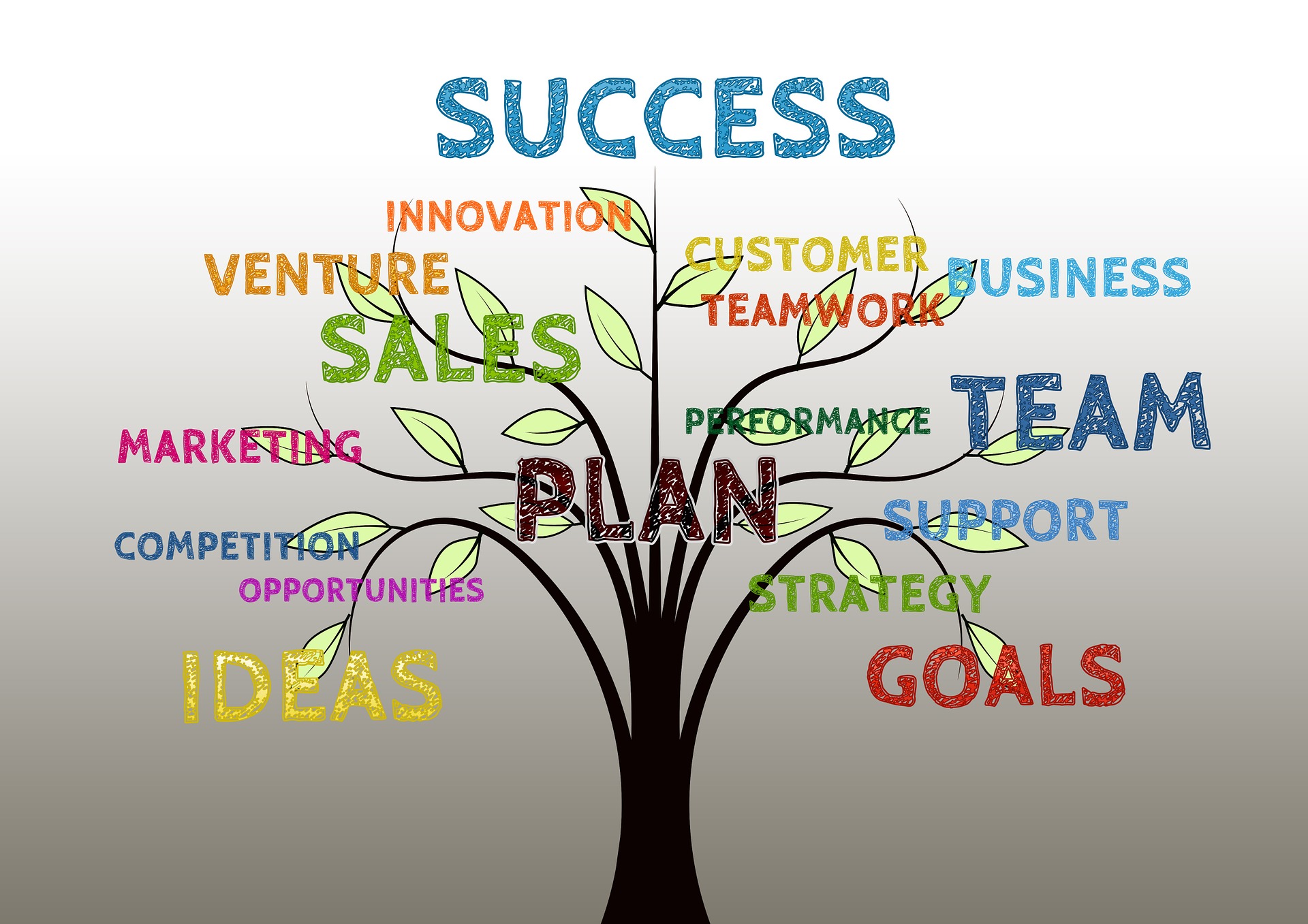6 Ways to Build Resiliency in Your Organization and Improve Employee Engagement
Bounce Back After a Setback and Keep Your Team Engaged

Everybody is prepared. Your team has done the groundwork, research, and has the technical skill to pull off a great project. The moment comes, things begin to unravel, and the perfect project becomes a perfect disaster.
Coming back from a setback, building your team, and maintaining engagement is not easy, but it’s a necessary skillset for any successful manager and organization.
So, when the project, the marketing campaign, the new product or software don’t work, how can a manager build resilience and engage employees?
Here are 6 ways to build resiliency in your organization and improve employee engagement.
1. Focus on growth and development. If your organization and managers are risk-averse, there will never be growth. Develop a learning mindset and set a path continuous education. Growth comes from risk (calculated) and understanding that the path to success is often more like an obstacle course than a straight line. So when hiring, hire for growth.
2. Define the organization’s values. Employees must know what shared behaviors, language, and mindset are critical for an organization. This clarity helps build resiliency.
3. What is out of your control? Politics, weather, an unexpected market crash – all of these things are out of your control. So, the key to resiliency is working around the unexpected, teaching your team to readjust expectations and find solutions, not get entrenched in the never-ending problem. Sometimes that means just riding out the storm.
4. What is under your control? Again, challenge your team to be solution-centered. One of our favorite films is Apollo 13. The team from NASA on the ground couldn’t control the fact the Apollo 13 crew had run into a huge disaster. But they had tools on the ground to figure out solutions to give the Apollo 13 crew. It was exciting and tense and … a success. They were incredibly resilient, worked collaboratively, and were able to bring Apollo 13 safely back to earth. This was not a failure. Luckily, most organizations don’t have such life-and-death circumstances. But how can you be creative and solution-centered? How can you get your team to focus on possibility instead of “failure.” Remember, “failure” is never permanent.
5. Build your bench strength. Key employees leave. Oftentimes it happens at a critical time. No one player can pull the entire team. Building bench strength is a smart strategy to maintain a resilient organization.
6. Communicate, communicate, communicate. There’s nothing worse for morale than the water cooler whine and hallway whispers. Creating an effective communication plan that is multi-directional is a
key component of employee engagement. Be transparent. Be candid. Create many communication outlets to receive, and give, effective feedback. It can be formal, as in a 360-degree feedback process, and informal (reports, e-mails, surveys after a program) etc.
Sometimes, oftentimes, things simply flop. The only sure thing is there will be change, there will be setbacks, there will be obstacles – both in and out of our control. As managers and organizations, create a solution-centered culture. Success comes from learning, improving. Success, then, is often born of failure.
“You build on failure. You use it as a stepping stone. Close the door on the past. You don't try to forget the mistakes, but you don't dwell on it. You don't let it have any of your energy, or any of your time, or any of your space.” - Johnny Cash
